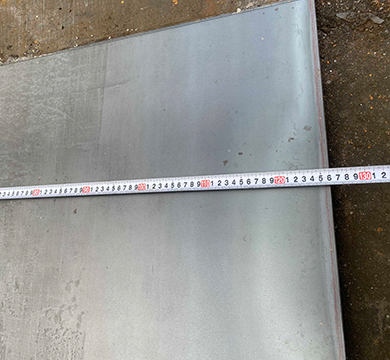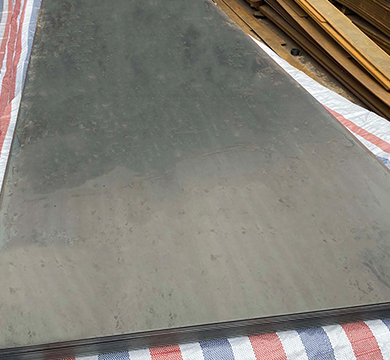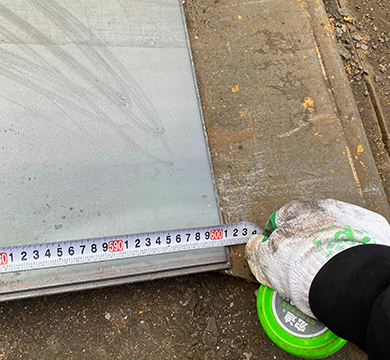Bridge steel for bridge construction includes A3q for riveting bridge structures and 16q for welding bridge structures; low-alloy steels for bridge structures include 12Mnq, 12MnVq, 15MnVNq, 16Mnq, etc. The surface of the bridge steel plate should be free of cracks, bubbles, scars, folds, inclusions, and the steel should not be delaminated. If the above-mentioned surface defects are allowed to be cleaned, the cleaning depth from the actual size should not be greater than half of the thickness tolerance of the steel, and the minimum thickness should be guaranteed. The cleaned place should be smooth without edges.
Except for bridge steel plate, boiler steel plate,
shipbuilding steel plate, pressure vessel steel plate and multi-layer
high pressure vessel steel plate and other varieties are purely thick plates, some types of steel plates such as automobile beam steel plates (2.5 ~ 10 mm thick) and pattern steel plates (2.5 ~ 8 mm), heat-resistant steel and other varieties are crossed with the thin plate.
Bridge steel plates are mainly used to build railway bridges, highway bridges, sea-crossing bridges, etc., which require high strength, toughness, and bear the load and impact of rolling stock, and have good fatigue resistance, certain low temperature toughness and resistance Atmospheric corrosivity, bridge steel plates should also have good welding performance and low notch sensitivity.
Zh
Its advantages are probably advanced technology and good performance. The space occupied by the steel plate of the bridge is relatively small, so it does not affect the appearance of the reinforcement outside. In summary, it is the application of bridge steel plates in bridge construction projects.
AHL STEEL supplies high-quality bridge steel plates all the year round, and has already served the supply of many government engineering projects, providing convenience for many projects. If you have steel plate requirements, you are welcome to inquire. We believe: With your suggestions and help, we will do better.


